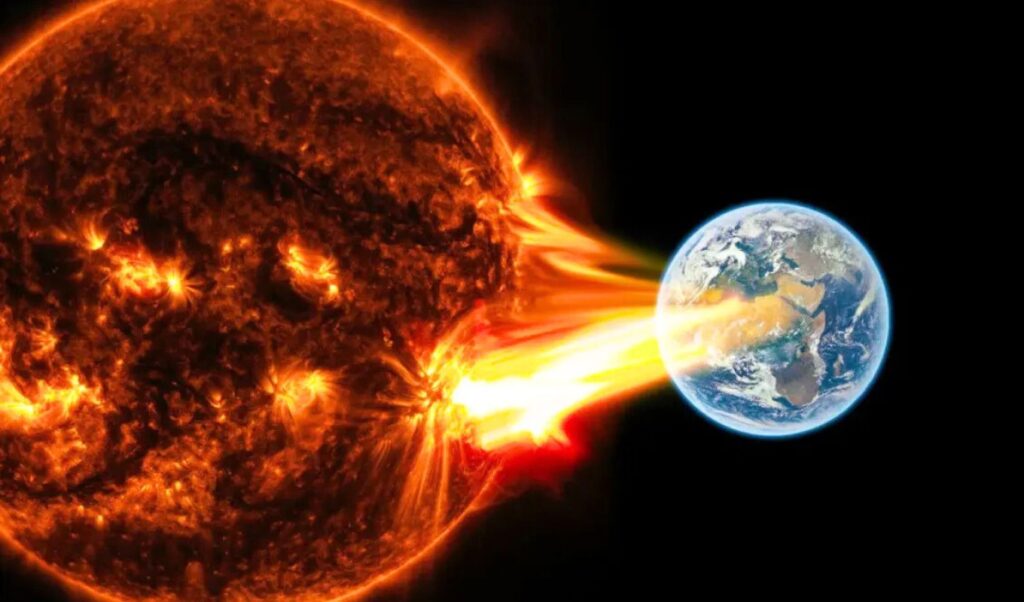The “red” alert began on November 12 with the European Space Agency (ESA) warning that the solar storm is expected to reach Earth in the coming hours.
Read: Solar storm “hits” Earth: How satellites and communications are affected
According to an ESA report, the phenomenon could cause interference in radio communications, problems with navigation satellites, and potential impacts on electrical grids.
On Tuesday, a powerful solar flare was observed, peaking shortly after 11:00 AM, followed within an hour by a fast coronal mass ejection (CME) traveling at approximately 1,500 km/s. Meanwhile, Earth has already been hit by two previous CMEs that caused intense geomagnetic disturbance. A third is expected to arrive soon, with its effects depending on whether it merges with the previous ones.
The impact of solar storms on communications
ESA predicts a “severe” geomagnetic storm, with potential effects on satellites, navigation systems, and electrical grids in areas of Earth facing the Sun at the time of impact — primarily Europe, Africa, and Asia. However, there is no immediate danger to human health on Earth’s surface.
Temporary high-frequency radio communication outages have already been recorded in illuminated regions, with notable examples in Africa. Solar activity is also accompanied by increased energetic particle flux, which can affect satellites and electronic systems in space.
Potential satellite service problems in Spain
Spain’s Ministry of Science emphasizes that Tuesday’s flare was category X5.1, among the strongest in recent years. Nevertheless, Spain is not expected to be significantly affected due to its position at mid-latitudes.
Minor interference with GPS or short-wave communications is possible, but mobile phone services, the internet, and FM radio are not expected to experience serious problems. Satellite services used by the country may automatically activate safety protocols without affecting their operation.




